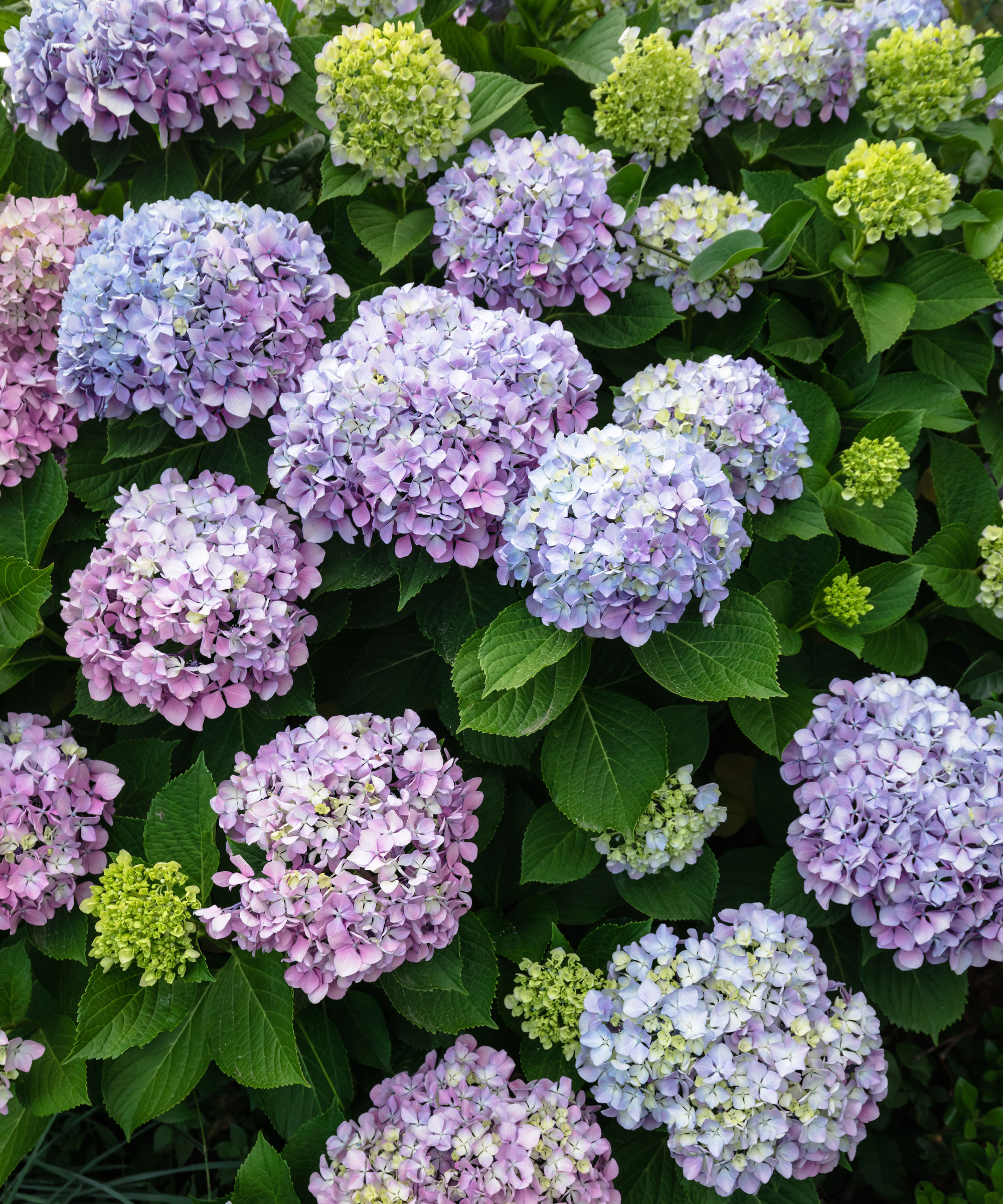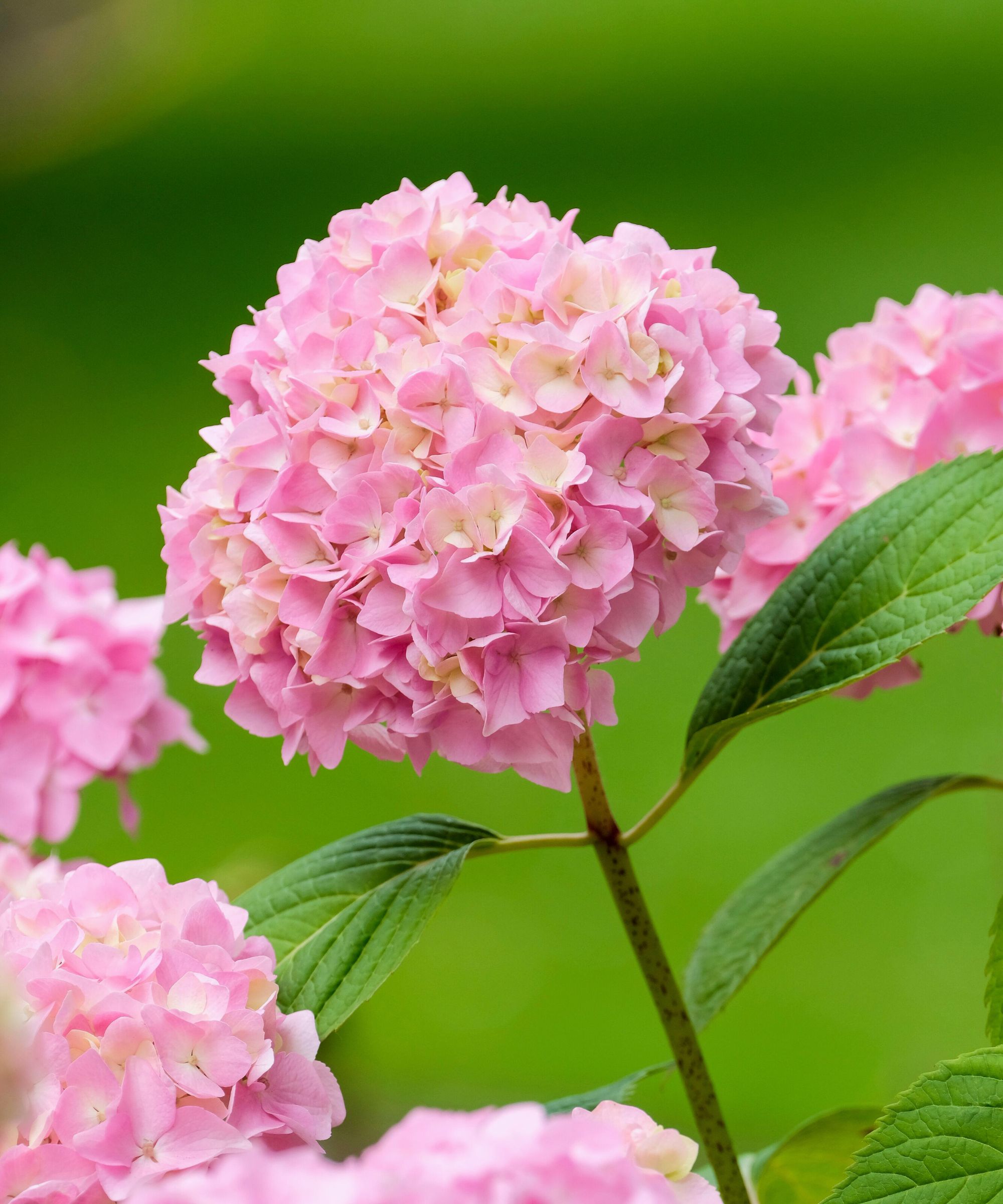How to propagate hydrangeas – from cuttings, the easy way
Learn how to propagate hydrangeas to spread your blooms around your yard


Hydrangeas are fantastic for propagating. These wonderful blooming bushes make brilliant additions to any backyard with their giant flowers brightening up any space. Learning how to propagate hydrangeas can help make them more impactful still, at no cost.
Once you have learned how to grow hydrangeas, propagating hydrangeas is easy and can be done at any time in the blooming season, using the same methods as pruning hydrangeas. Given that hydrangeas very rarely produce seeds, learning how to propagate them is one of the few ways to duplicate these plants.
Here, learn the intricacies of how to propagate hydrangeas with expert tips to keep your plants blooming.
How to propagate hydrangeas

'Hydrangeas are best grown through propagation due to the rarity of seeds,' says Rachel Crow, Garden Editor for Homes & Gardens. 'Their striking flowers can easily be rooted once you know how to take plant cuttings and the bushes take very well once moved outside.
'The first step is to take a cutting of a hydrangea stem that is at least four inches long,' Rachel explains. 'It is best to choose a stem that has no flowers but is new growth. To do this easily, cut the stem in early fall when these lighter green stems are fresh and only just emerging.
'Using a sharp pair of pruning shears that have been washed to ensure your plants are protected from disease, cut just below a leaf node,' continues Rachel. 'Find a leaf node that is located below a leaf cropping to help provide nutrients to your stem as it grows roots.'
Much like when you take rose cuttings, the freshly cut stem needs to be dipped in a rooting powder or hormone to increase the chances of successfully developing a new plant. Place the coated stem into a pot of damp potting soil before covering it in a plastic bag ensuring the bag is not touching any part of the plant itself.
Design expertise in your inbox – from inspiring decorating ideas and beautiful celebrity homes to practical gardening advice and shopping round-ups.
How to root hydrangeas in water

Water propagation has become increasingly popular as of late, with propagating succulents predominantly using the water process over rooting in soil.
You can propagate hydrangeas in water in a similar way to propagating hydrangeas in soil however using this method can lead to varying results. Propagating in water can lead to a weaker root system that might fail when moved into soil outside, however, this does not happen 100% of the time.
If you want to attempt propagating hydrangeas in water, the steps are the same up until dipping the stem into rooting powder. Once coated, however, place the stem into a clear glass filled with water, ensuring that the leaves are above the water level. When using this process, make sure to clear the water every few days.
When should you take hydrangea cuttings?
It is best to take hydrangea cuttings in the early to mid fall when the plant is developing new growth. Taking cuttings during this period will help you to distinguish the fresh growth from the older more mature growth as the stems will differ greatly in color.
How long does it take hydrangea cuttings to root?
Hydrangea cuttings will root in around two to three weeks depending on the temperature it is kept in. To maintain a higher humidity and speed up the process of propagatio,n cover your plant with a plastic bag to maintain moisture and temperature throughout the rooting process.

Chiana has been at Homes & Gardens for two years and is our resident 'queen' of non-toxic living. She spends most of her time producing content for the Solved section of the website, helping readers get the most out of their homes through clever decluttering, cleaning, and tidying tips. She was named one of Fixr's top home improvement journalists in 2024.